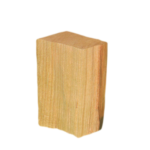Thu 3 Jan 2019
Smokehouse Processing- Double Standard?
Posted by DrSmokeRead other related stories: General Smoking Information
No Comments
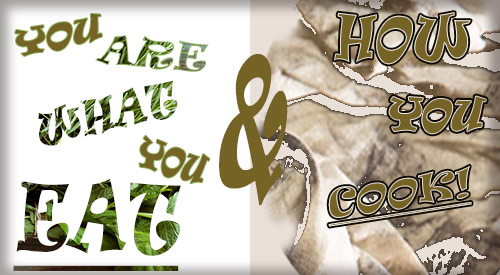
You are what you eat. We discuss the double standards of smokehouse processing emphasizing high quality ingredients but less than quality smoking methodology.
Food & Smokehouse Processing Double Standard?

Self-disclosure here. I work for a USA cooking and smoking wood company that has earned recognition for its commitment to manufacturing quality products specifically suited for many culinary professions, trades and interests. Even though not required to do so, the company treats its entire product line as food additives. This is an important point for my following observations.
I’ve always been especially impressed how reputable food processors and manufacturers accept, follow and even exceed many of the numerous public regulations in place to provide consumers with safe and healthy food products. For the most part our nation’s food industry operates from a philosophy that maximizes consumer protection by prioritizing food safety. Clearly, we’d be in a world of hurt if it didn’t! In relation what I’ve come to understand with food involved with some smokehouse processing operations, I’m really confused.
Smokehouse Processing? Here’s my dilemma- A Double Standard?
Recently, I tuned into a very popular realty television program which showcases “dirty” jobs- I think you know the name. Maybe you’ve even seen it. Like most other episodes, this show highlighted a series of tough job tasks, performed by hardworking employees. This episode dealt with all food processing elements of a very high quality, perishable specialty deli meat item- Lebanon bologna.
It’s impressing that the company, for over 100 years, goes to great heights in sourcing only the best ingredients. Its processing methods seemed to be top notch. Except a few of the techniques shown in the latter stages of the show highlighting smokehouse operations. At first it was disturbing to see that the main source of smoking wood is wood slabs with bark on considered to be “mill waste material.” If that wasn’t enough, I couldn’t believe when a worker demonstrated their process of generating smoke in the smokehouses. Step #1- douse a rag with kerosene, light it and kick it in to the burn pit of the smokehouse. To me, the very defining aspect of this company’s high-quality food product, smoked bologna, has been denigrated with a cheap, uncleaned and potentially harmful fuel source and an ignition process that is archaic and potentially harmful.
For the life of me, I can’t truly understand why a company that has been in business since 1902 and is apparently known in large markets for having the very best ingredients to make its consumable food products would revert to a smoking operation that involves waste wood being ignited with nearly the same petrochemicals that fuel the likes of a diesel locomotive? Given the residuals of burnt petrochemicals, I’m not sure I’d ever want to eat any of their smoked deli meats.
You Are What You Eat
So, I guess the adage of you are what you eat apparently doesn’t have the same meaning with this company. It appears their smoking method hasn’t evolved much beyond the same dirty way done 100 years ago, before health risks came to the forefront. When considering that smoking methods are a big part of their overall food products, I can’t help but think that a double standard is in place with the consumer to suffer.
Purchase Products:
Smoker Logs

More Related reading on “What Wood for Smoking” and other great smoking and grilling tips and techniques
Additional reading:
-WOOD SUPPLIER- ARE YOU GETTING WHAT YOU PAID FOR?
-BEYOND PRICING: THE TOP THINGS TO CONSIDER WHEN PURCHASING COOKING WOOD
-TO BARK OR NOT

Dr. Smoke- “Consistency is important with food processing and smokehouse operations.”perfect steak!



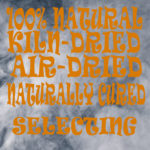
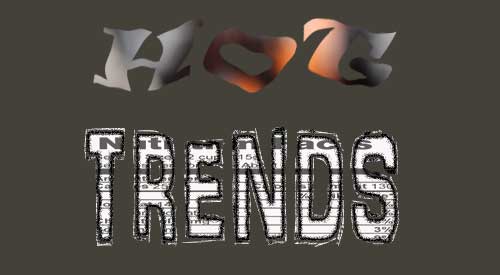
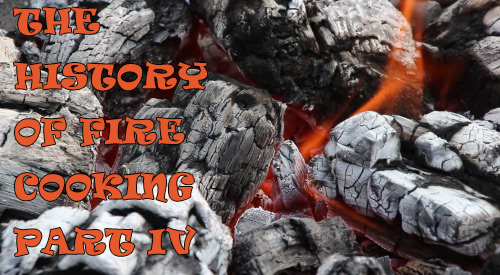

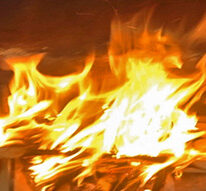
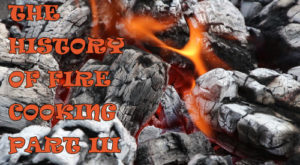
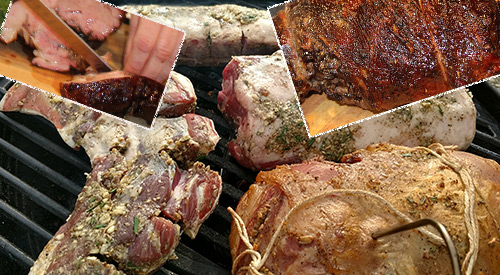


 nutmeg and topped with a crisped sage leave and touch of maple syrup. My favorite part of this dish was its serving bowl – a charred mini white gourd. By retaining the top of the gourd, you can ensure that the soup stays hot until its placed in front of the guest. Each gourd was hand cut and charred to ensure no off flavors transferred from the gourd to the soup. Just a perfect vessel for this scrumptious soup.
nutmeg and topped with a crisped sage leave and touch of maple syrup. My favorite part of this dish was its serving bowl – a charred mini white gourd. By retaining the top of the gourd, you can ensure that the soup stays hot until its placed in front of the guest. Each gourd was hand cut and charred to ensure no off flavors transferred from the gourd to the soup. Just a perfect vessel for this scrumptious soup. Now, it’s time for the main course – course number five! First came the proteins. We produced a wood-fired leg of lamb and lamb rib loins cooked over charwood, ash, sugar maple, and wild cherry wood chunks. The wood-fired cooking offered a fabulous color to the meat.
Now, it’s time for the main course – course number five! First came the proteins. We produced a wood-fired leg of lamb and lamb rib loins cooked over charwood, ash, sugar maple, and wild cherry wood chunks. The wood-fired cooking offered a fabulous color to the meat. the perfect end to a fantastic evening.
the perfect end to a fantastic evening.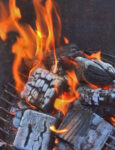

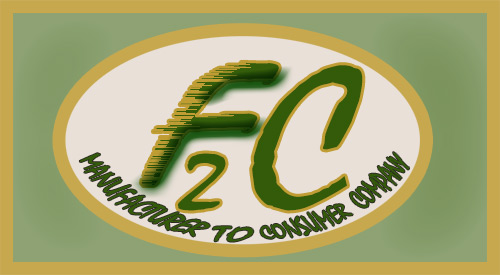
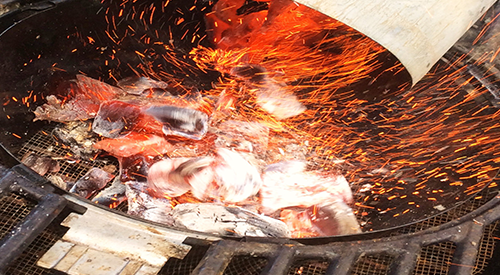
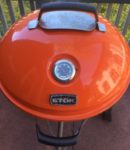 The Kettle Grill
The Kettle Grill